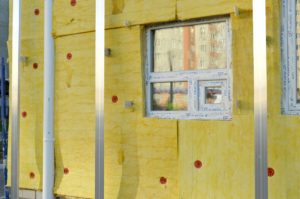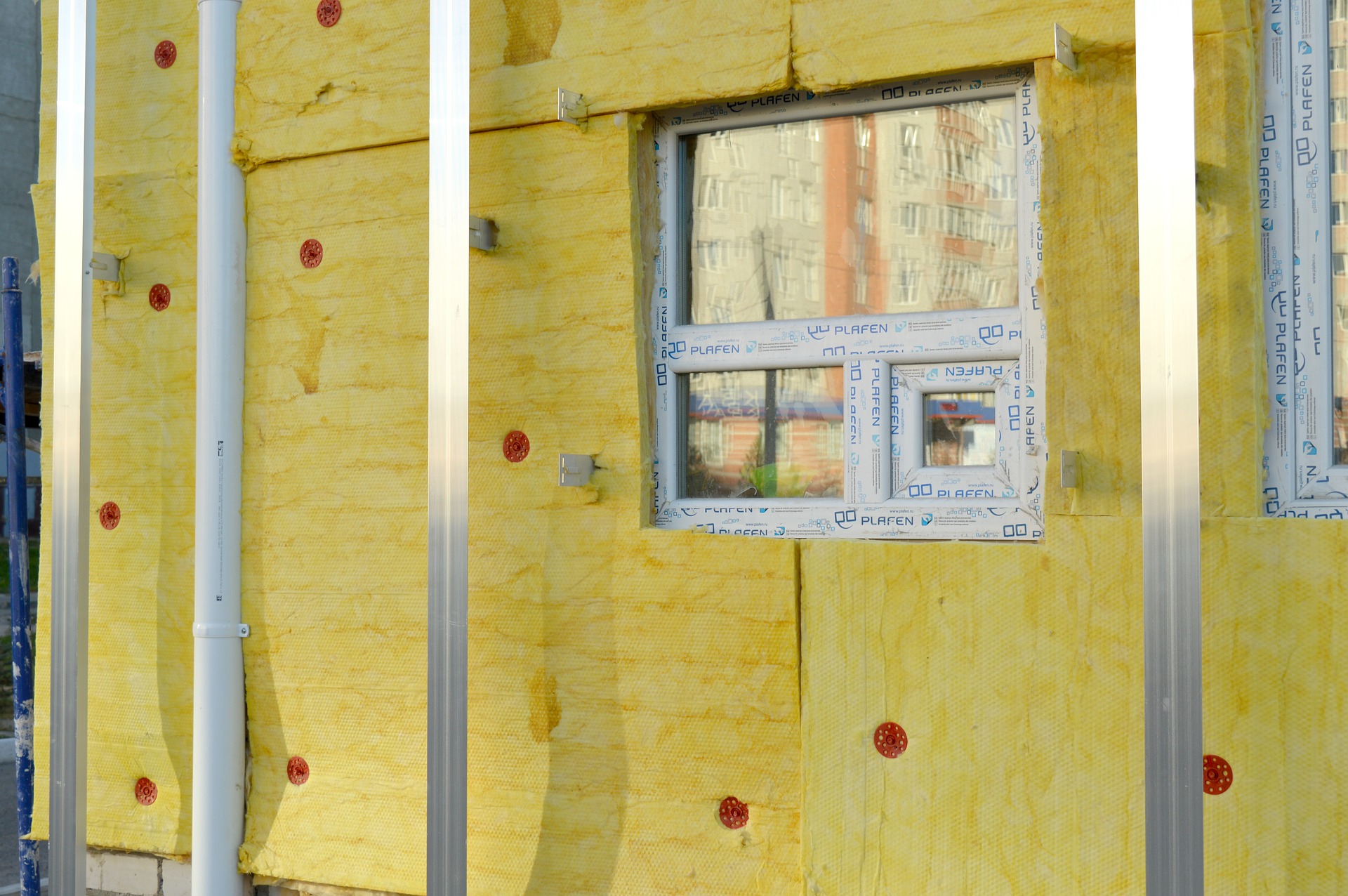 All mold growth requires a feeding source and moisture, so wouldn’t the insulation in your home be your best defender against mold spores invading your home?
All mold growth requires a feeding source and moisture, so wouldn’t the insulation in your home be your best defender against mold spores invading your home?
The answer isn’t as black and white as one might expect.
Insulation Installation
On one hand, the insulation in your home can be your top line of defense against the spread of mold growth in your home. Good insulation helps regulate the temperature and moisture levels in your home and that alone is key in preventing mold.
The entire purpose of insulation is to provide dry and temperature-controlled conditions. However, if your insulation hasn’t been installed in your house correctly, it works against you when it comes to the spread of mold.
Improperly installed insulation will hold moisture within the walls of your home and actually promote mold growth throughout the walls of your home. The last thing anyone wants to hear if they suspect they have mold is that portions of their walls need to be torn out to rectify the problem.
Gaps in the insulation often lead to less-than-ideal temperature control which, in turn, leads to larger temperature swings that allow moisture to accumulate within your walls.
We all know what comes next.
Moisture accumulation inevitably leads to mold growth and, what’s even worse, certain types of insulation actually top the list of Mold’s Favorite Food.
Insulation as Food Source
Cellulose is a common component in many types of insulation but it also happens to be one of mold’s favorite snacks. If you live in a home with a higher moisture content or poor ventilation, this is one you should avoid. When the cellulose becomes wet that insulation that you were hoping to protect your house from mold actually becomes a breeding ground for it.
However, if a biodegradable option is important to you, cellulose insulation fits the bill. Just know that you’ll need to work overtime keeping any excess moisture at bay or otherwise, you’ll have a serious mold growth problem on your hands and a little less money in your wallet after remediation costs.
Fiberglass insulation, on the other hand, is resistant to mold. This type of insulation is made of microscopic glass shards and mold spores aren’t able to land on it. The glass shards puncture the spores before they ever get a chance to attach to the surface and begin to grow.
Choosing or replacing the insulation in your home is an important task and a decision you shouldn’t make without some basic knowledge. If you’d like to know more about the different types of insulation, check out the National Insulation Association to brush up more on your insulation knowledge.
If you need more information about mold removal, we can help.
Mold Solutions Professional Mold Remediation
There are times when mold removal is a do-it-yourself task but if you’re dealing with mold inside your walls, you’re going to need a professional service to complete the task. Our team of mold removal specialists will create a remediation plan for your individual needs, all the while answering any lingering questions you might have.
Don’t let mold spread any further in your home. Contact us today!








